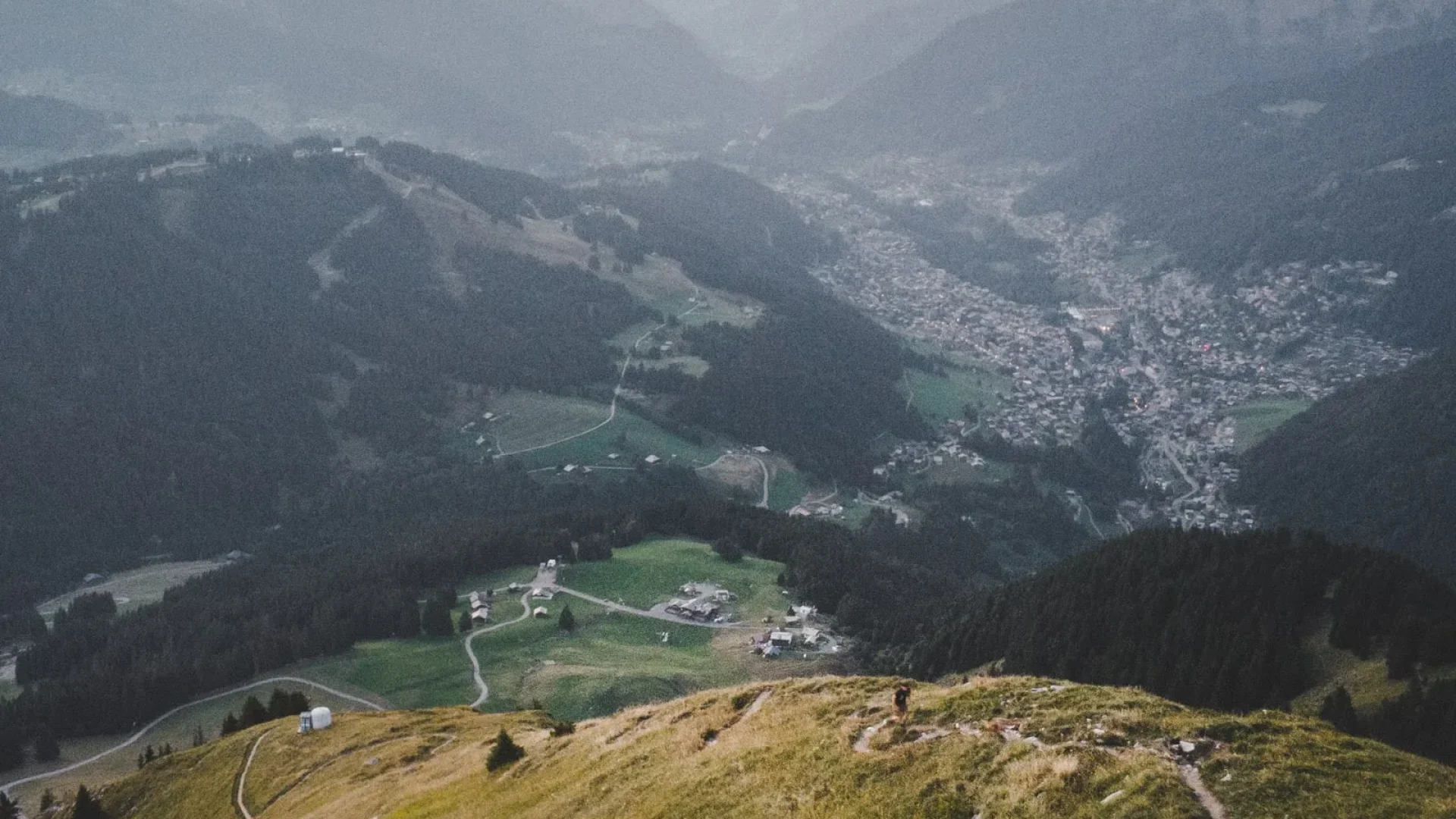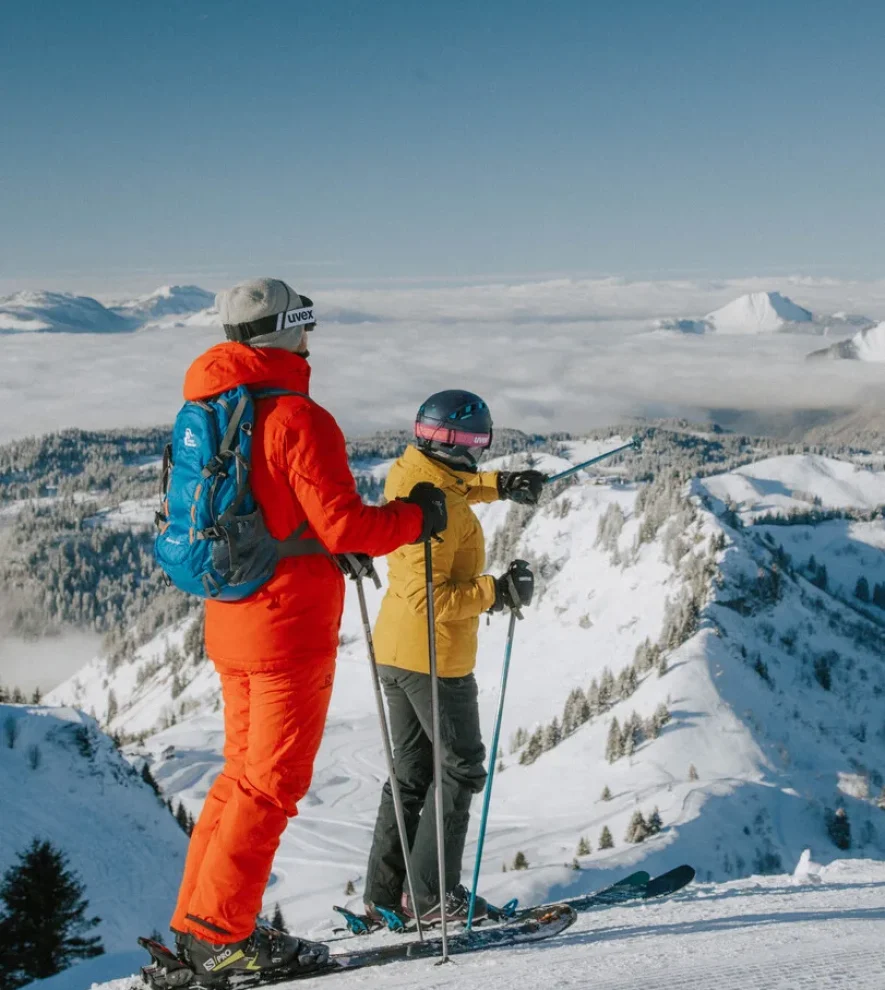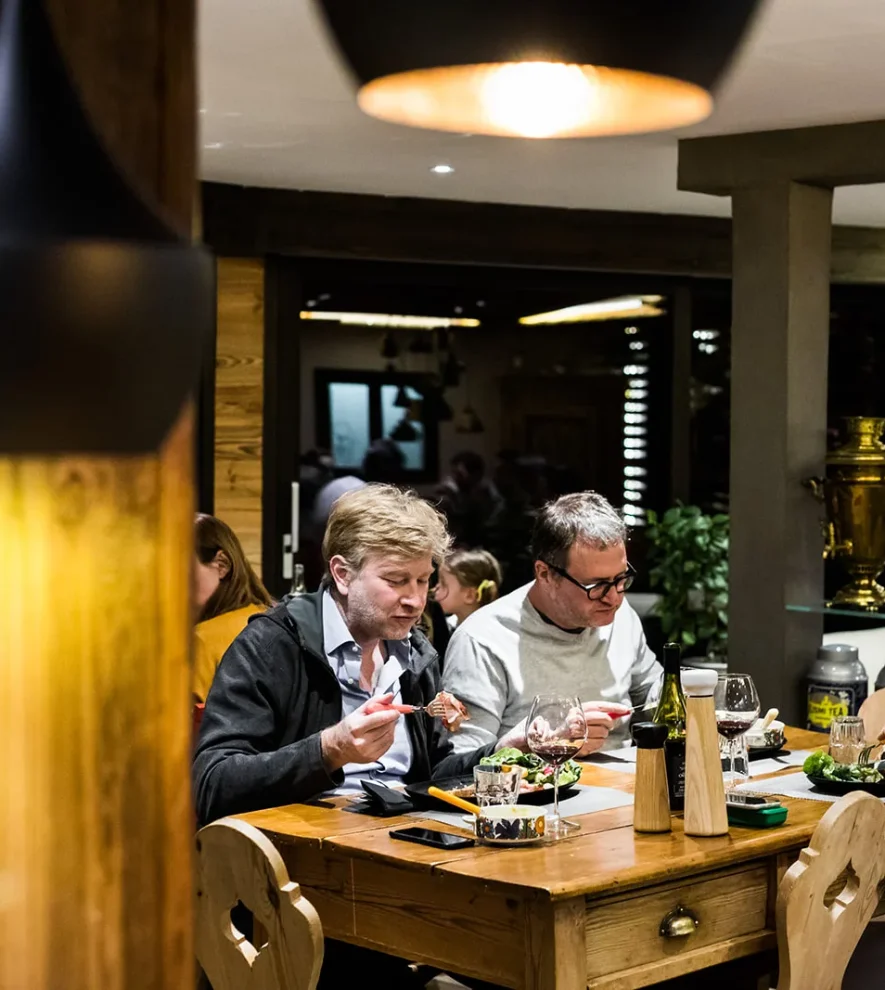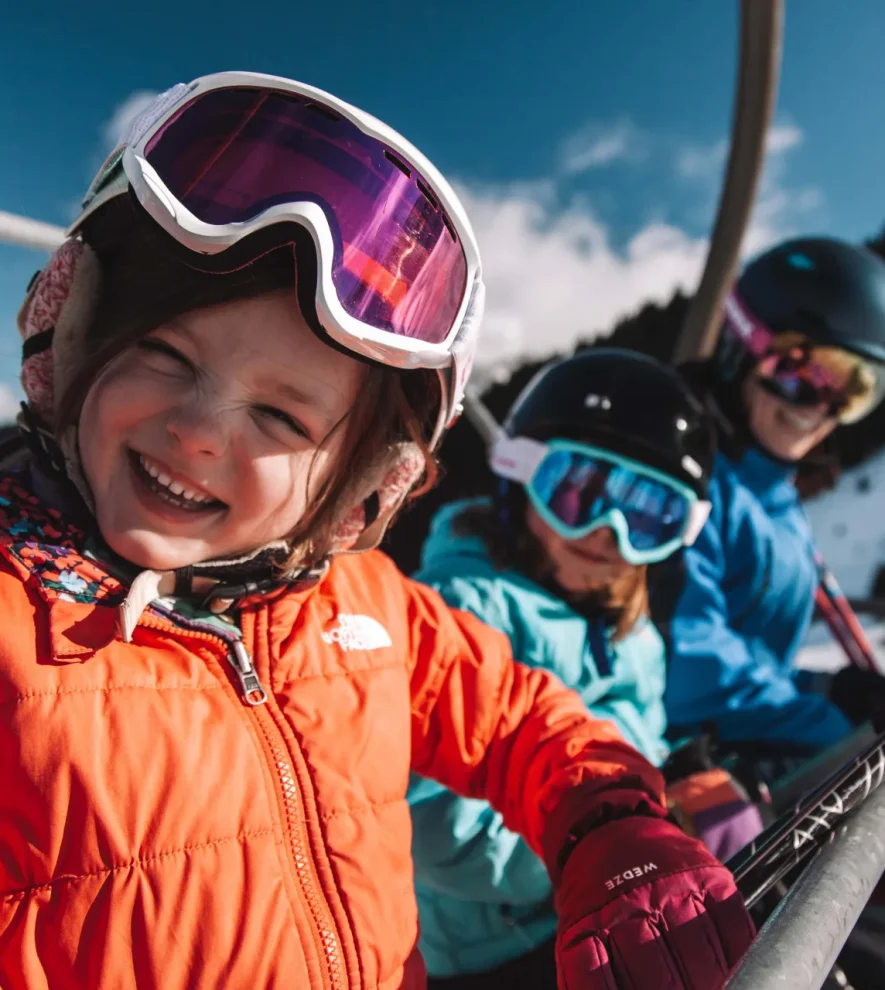The environmental impact of tourism is one of the major concerns for Morzine and its stakeholders. The socio-professionals in the resort are taking concrete actions to limit the impact of winter sports on the environment. Increasingly eco-responsible vacationers appreciate this collective effort to preserve this exceptional alpine site. Committed to the Green Snowflake initiative, the town hall and the Tourist Office are working with local stakeholders on short- and long-term projects to reduce environmental impact.
Biodiversity
A ski area that becomes a biotope observatory: studies on skier attendance are being conducted on the Morzine ski area to identify protected zones for mountain galliforms, such as the Western Capercaillie. Thus, the area serves as a biotope observatory. These analyses have allowed for the definition of favorable and unfavorable zones. Currently, the area has two protected zones: Lake Joux Plane and the Joux Plane Pass. Work has been carried out (brush clearing, etc.) to create a more conducive environment for the development of these species. In 2019, these projects, which cost €20,000, were financed 50% by the Pléney ski lift company and 50% by the Haute-Savoie Hunting Federation.
A multi-year plan for visualizing dangerous aerial cables for birds in the mountains has been signed between SA Pléney (Morzine ski area) and the Mountain Galliformes Observatory. The ski lift cables are equipped with visual markers approximately every 5 meters along sections identified as potentially dangerous.
Eagles of Léman: Creation of a snowshoeing trail with explanatory panels about the local fauna.
ski area
- The Morzine area has equipped itself with new, less polluting grooming machines. These machines operate on eco-friendly polar GTL fuel, which is biodegradable and non-toxic, compared to traditional winter GNR fuel. They are quieter and consume less fuel. The grooming machines will be equipped with the Snowsat system (a GPS-based management tool installed on grooming vehicles). This system provides ultra-precise measurements of snow height. This data is accessible to the driver and transmitted to the server in real-time, serving as a basis for better distribution of natural snow volumes and producing only the minimum necessary amount of artificial snow. Snowsat also records the energy consumption of the grooming machines, which has been reduced thanks to eco-driving training for drivers and optimal maintenance of the machines.
- The Summit association, which promotes eco-responsible behaviors, has launched an awareness and information campaign regarding best environmental practices on the ski slopes.
- In collaboration with the National Forestry Office (ONF), every tree cut on the ski area is recorded (number of trees, volume, etc.). Compensatory measures are implemented, and trees are replanted in areas of Chablais that need them, using local species such as spruces, firs, and larches. A total of 46 tree protection measures were implemented in 2020.
- For all excavation work carried out, a reseeding process with local seeds is systematically implemented, particularly for the Grizzli and Nyon summit slopes.
- The Montagne Verte association and the Morzine ski lifts (SA Pléney) organize a waste collection day at the end of the season.
Responsible Tourism
- Activities are offered by the Tourist Office focused on environmental themes and raising awareness about mountain ecology.
- An “eco-event” charter has been established to ensure the eco-responsibility of events.
- The destination holds the Géopark du Chablais label. It includes a Natura 2000 zone and several wetlands.
- Many economic stakeholders are committed to eco-responsible actions and the use of short supply chains.
Local Commitments
- The use of electric vehicles within technical services (small vehicles for watering, waste collection, etc.).
- Installation of two charging stations for electric cars (one at the tourist office and the other at the sports palace).
- Reasoned use of salt in winter on the roads (efficient weather service to predict salting periods).
- No herbicides or pesticides are used for maintaining flowers and flowerbeds.
- Municipal buildings have been heated with a wood boiler for several years.
- Local stakeholders in Morzine-Avoriaz (tourist offices, ski lift companies, town hall) have initiated a carbon assessment in 2024.
Obtaining Flocon Vert label
Fully aware of the climate emergency and the immediate need to change tourism habits, Morzine and Avoriaz have been working for many months on a project that is particularly important to them: the flocon vert label. This distinction, conceived by the Mountain Riders association and previously awarded to only 8 other destinations, was granted to them on September 9, 2021, and reflects their commitment to implementing concrete actions in favor of the environment.
The flocon vert label is an initiative that guarantees the sustainable commitment of mountain destinations regarding environmental and social issues. Governance, transportation, energy, development, water, waste, social matters, and territories are all scrutinized to identify regions with cutting-edge ecological transition policies. It allows tourist resorts that undertake strong and comprehensive actions to be recognized, while providing mountain lovers with a clear vision of exemplary destinations.
Some examples of actions implemented by the destination include:
- A pioneering territory for soft mobility
- An ideal territory for families
- A model land-use policy
Several other projects are in the pipeline:
- Promotion and awareness of the responsible actions of local businesses and artisans
- Conducting an energy assessment of municipal buildings
- Considering organic waste management with the community of communes
- Project and discussion on establishing a greenway between Morzine and Les Gets
- Supporting the project for a railway connection led by the “Montagne Verte” association
Discover all the actions taken in response to the 20 criteria of flocon vert specifications on this page.







